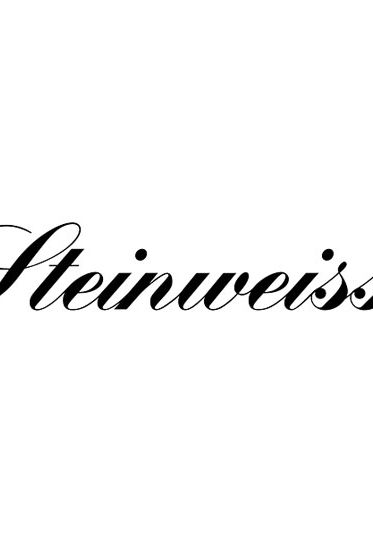

His signature, the Steinweiss scrawl, became ubiquitous on album covers. Through his contacts at Taschen Publishing, he was fortunate enough to be able to contact the Steinweiss family, and get the official Steinweiss approval to proceed with his “Steinweiss Script” project. In 1939, at the age of 23, Alex Steinweiss revolutionized the way records were. writing style was eventually developed into a typeface called Steinweiss Scrawl in 1939. The lettering was to be created to appear similar to the famous “Steinweiss Scrawl” the calligraphy that Steinweiss had used on countless album covers.While designing this piece of lettering, Michael realized that there was great potential for a font that was designed in the spirit of that famous “scrawl”. The Alex Steinweiss collection consists of brochures/booklets. Steinweiss Script began its journey towards daylight when Michael Doret was asked by Taschen Publishing to do cover lettering for the huge commemorative edition they were putting together on the work of Alex Steinweiss-“The Inventor of the Modern Album Cover”. A-D magazine was the leading voice of the U. These variations add usefulness to the font, making it accessible not just for headlines, but for longer passages of text as well.Steinweiss Script Font Family 3 Font 187$ His signature, the Steinweiss scrawl, became ubiquitous on album covers in the 1940s. These variations relate to the size/ratio of the caps to the lowercase, the complexity of those caps, and the size of the ascenders/descenders on the lowercase characters. Additionally, within each weight there are three variations: Simple, Fancy, and Titling. One could say, however, that the entire record industry bore his signature. In addition to his myriad designs and illustrations he left behind the type Steinweiss Scrawl, based on his frequently used hand lettering. work of Alex Steinweiss which would be in the spirit of his famous scrawl. labels, adverting material, even his own typeface, the Steinweiss Scrawl. Steinweiss died in 2011 at the age of 94. Steinweiss Script began as an assignment for Taschen Publishing to design. Steinweiss Script is a family of fonts in three weights: Light, Medium, and Bold. In 1940, Columbia Records then art director Alex Steinweiss pitched a bold. Michael decided that in addition to giving the font his name as an homage, that he would donate a portion of the proceeds from the sale of this font to the man himself: Alex Steinweiss. Limited to 100 individually numbered copies, each signed by Alex Steinweiss in his trademark Steinweiss Scrawl, printed on archival-quality paper and.

Through his contacts at Taschen Publishing, he was fortunate enough to be able to contact the Steinweiss family, and get the official Steinweiss approval to proceed with his “Steinweiss Script” project. midway between the very formal Spencerian script of the Saks logo, and the energy of Saul Steinbergs scrawl. While designing this piece of lettering, Michael realized that there was great potential for a font that was designed in the spirit of that famous “scrawl”. Alex Steinweiss: created the album cover. The lettering was to be created to appear similar to the famous “Steinweiss Scrawl” the calligraphy that Steinweiss had used on countless album covers.



 0 kommentar(er)
0 kommentar(er)
